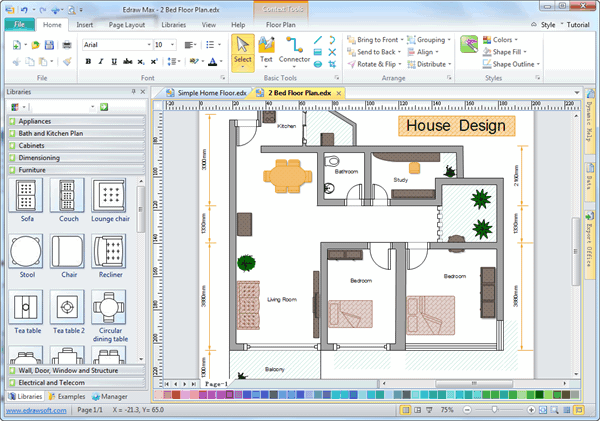

What customers see and who they interact with. What customers do during the service experience.Įxample: Customers might visit the website, talk to an employee (in person or online), make a purchase, place an order, accept an order, or receive something. Though first in line, it’s usually the last element added.Įxample: This category includes locations, like a physical store or the company website, but also any signage, receipts, notification or confirmation emails, etc. What customers (and employees) come in contact with. Service blueprints typically contain five categories that illustrate the main components of the service being mapped out. Customer Journey Map Example (Click on image to modify online) Service blueprints go several steps deeper and combine the customer’s experience with all employee actions and support processes that may or may not be visible to the customer. Both do include similar information––they draw from customer research and aggregate findings into sample scenarios–��–but service blueprints have a wider scope.Ī customer journey map focuses on what customers experience when they interact with a service or business, from specific actions or touchpoints to pain points.

However, service blueprints aren’t just another customer journey map. While simpler than UML (Unified Modeling Language) and BPMN (Business Process Model and Notation), service blueprints offer a flexible, focused look at an organization’s service processes and include the customer’s perspective. Lynn Shostack in the Harvard Business Review, service blueprint diagrams visually map out the steps in a service process, making it easier to design a new process or to document and improve an existing one. What is a service blueprint?įirst introduced in 1984 by G. Read on to learn more about this type of diagram and how Lucidchart can get you started using service blueprints with examples and templates.

To be able to innovate and make relevant changes that boost customer satisfaction, you need to be able to visualize each step and actor from the customer all the way down to third-party vendors. As the name suggests, this diagram helps you design a blueprint of your service process.


 0 kommentar(er)
0 kommentar(er)
